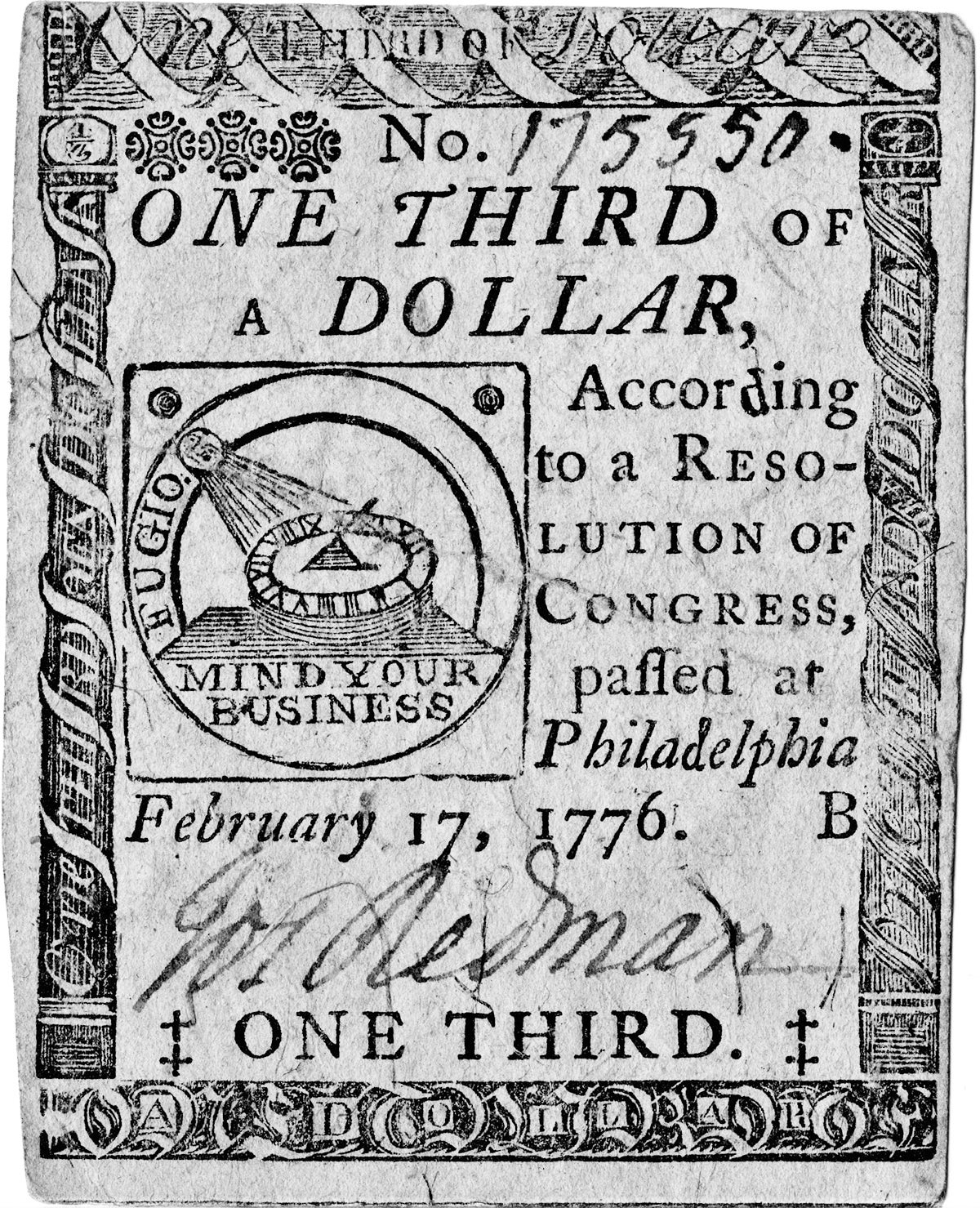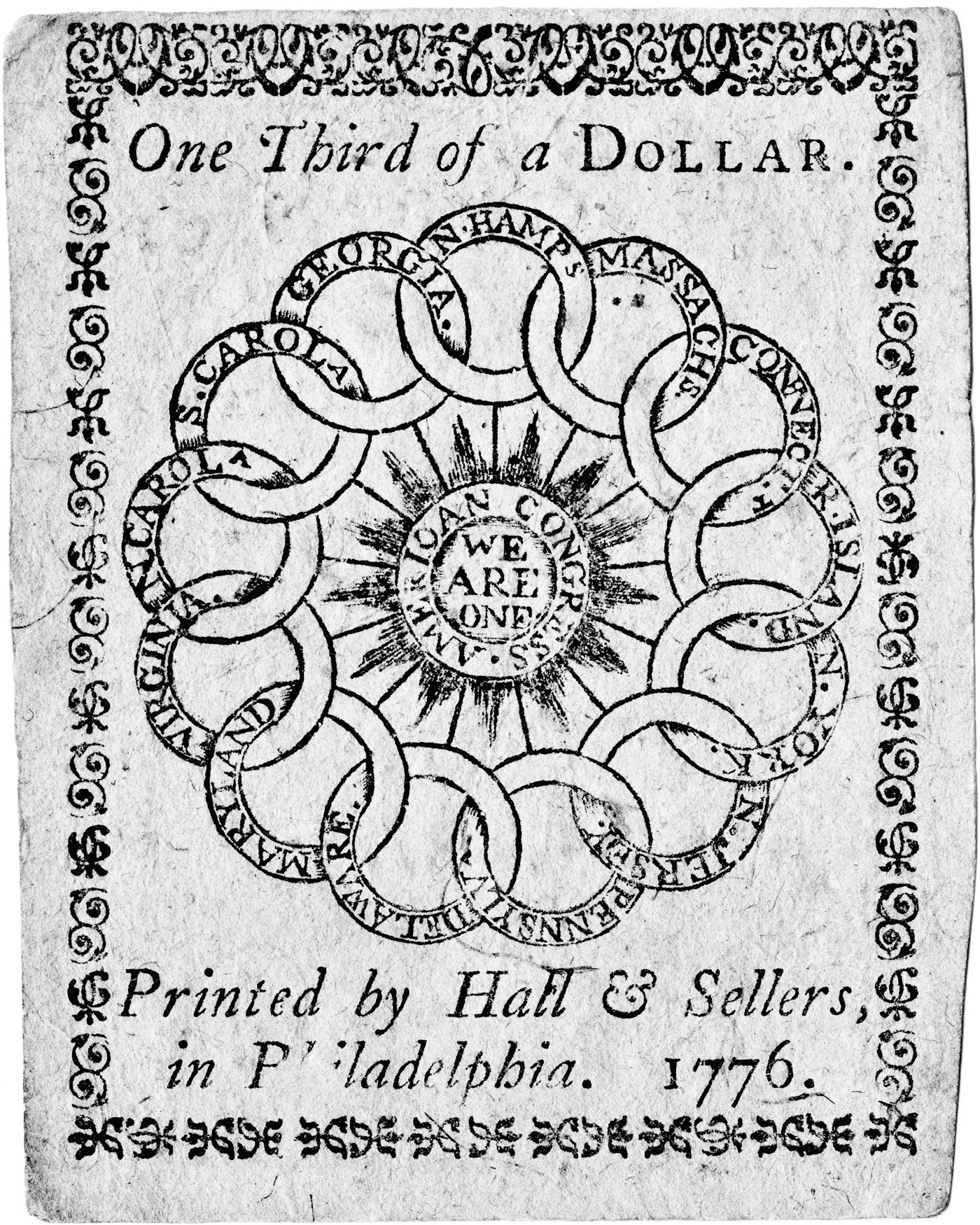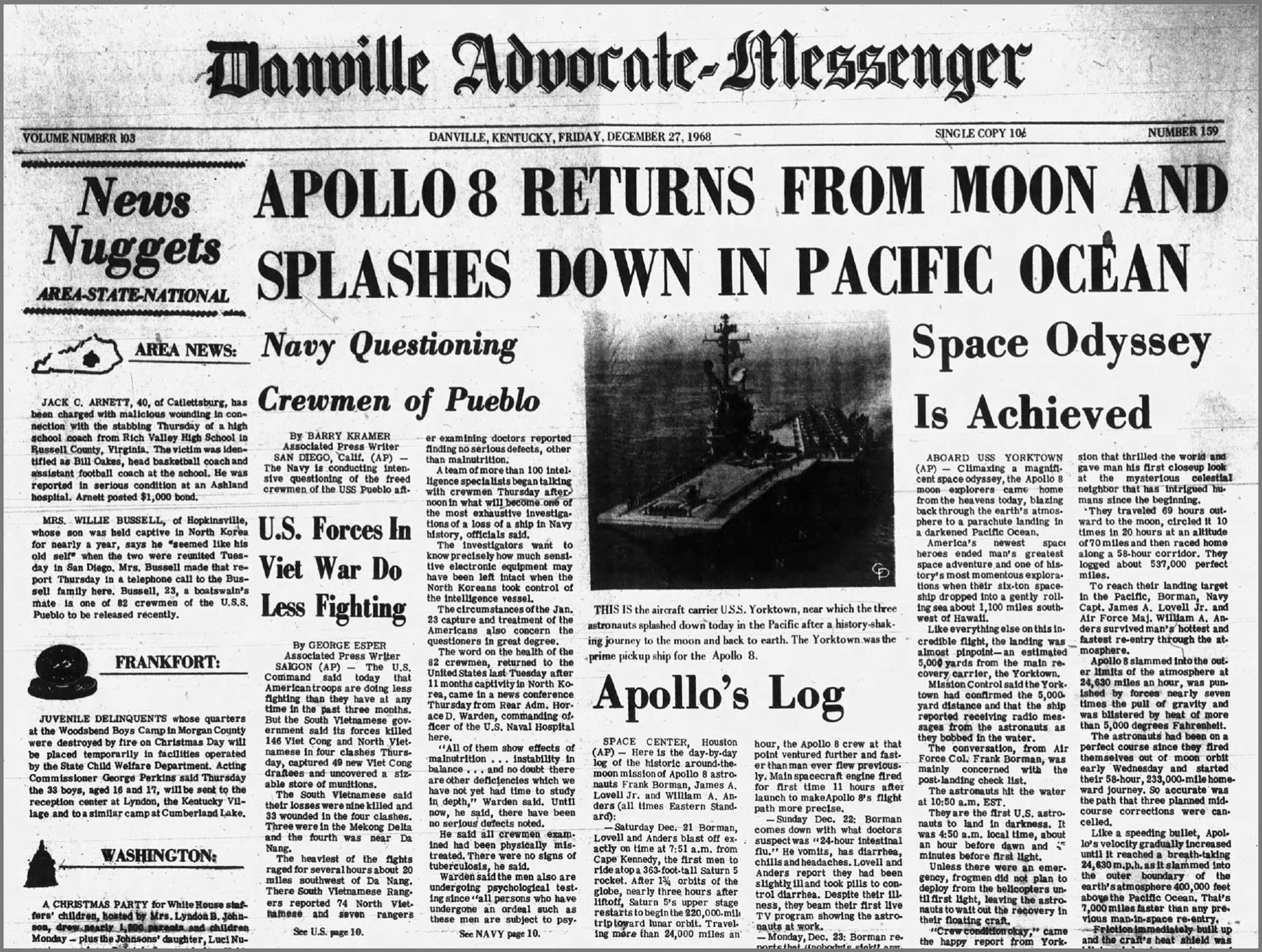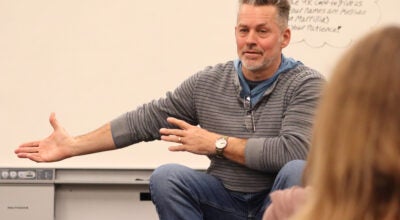Rare dollar bill is housed at the library
Published 8:56 am Saturday, March 13, 2021
BY BRENDA EDWARDS
Community columnist
(Editors note: A portion of information for this article was taken from the Hall and Sellers Printing Company in Pennsylvania site and a paper by Thomas Wilcox and Ivy Mills.)
A 245-year-old one third dollar bill is among the rare treasurers housed at Boyle County Public Library. The bill measures 31/8 X 2 1/2 inches.
The small paper currency was a gift to the library from the estate of Eugenia and Sara Lee Young, said Steve Ellis, the library’s reference associate.
Joseph Redman, high sheriff of Philadelphia County, was one of several signers of paper bills for the February, May, and July 1776 emissions.
Other signers on February 17, 1776, were F Khal, J. Sellers, T. Leach, George Gray Jr., S. Massey. J. Jones, and (?) Garrison.
Jonathan Kern of Lexington and Louis Jordan of Notre Dame, confirmed Redman’s signature in December 2020, Ellis said.
When the Revolution began there were 13 different kinds of money, each with a different rate, and generally worthless in the neighboring colony.
 Each colony printed its own money and pegged it to a “Spanish Dollar” which was the most widely used hard currency in the colonies.
Each colony printed its own money and pegged it to a “Spanish Dollar” which was the most widely used hard currency in the colonies.
“In 1776, Congress divided the “Spanish Dollar” into different amounts, representing each colony.
Authorized by a Continental Congress resolution on Feb. 10, 1776, $ 1 million of the $4 million resolution was reserved for the first fractional paper currency.
The money was designed by Benjamin Franklin, with TUGIO” ( I Fly) and
“Mind Your Business” as a legend and sundial on the face. Each piece of
money was numbered and signed.
The reverse shows 13 linked rings bearing the names of the 13 original colonies hooked together around a sunburst with the legends, “American Congress and “We Are One”.
Each pence has the amount at the top and one signature in red or black
ink near the bottom. The devices and borders were cut by Elisha Gallaudet, a local engraver. The bills were printed by Hall & Sellers, formerly owned by Benjamin Franklin, in Philadelphia.
To finance army
The new money was part of a special collection of paper currency created by the Continental Congress in 1775 to finance the army, provisions, governmental actions and all other aspects of national protection and security during the Revolutionary War, according to information from Massachusetts Historical Society in Boston.
Young family
Eugenia (1847-1936) and Sara Lee Young (1847-1927) were daughters
of Dr. John Clarke and Cornelia Crittenden Young of Danville.
John was president of Centre College from 1830-1857 and was a minister
at the Presbyterian church for many years. All are buried in Bellevue Cemetery.







